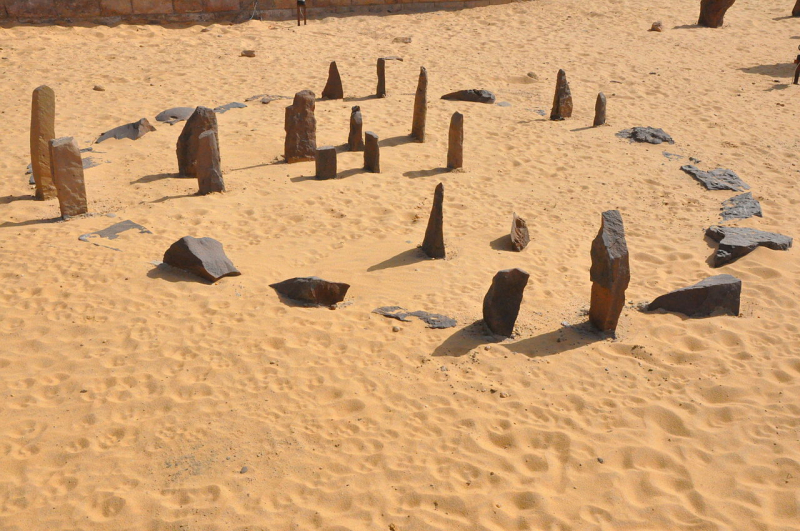Nabta Playa

Top 10 in Top 13 Stone Age Mysteries
Nabta Playa is a one-of-a-kind Nubian Desert site located about 62 miles (100 kilometers) west of Abu Simbel in southern Egypt, featuring hundreds of prehistoric tumuli, stelae, and megalithic constructions. These are the ruins of a well built urban city that arose approximately 11,000 years ago. Underground tombs, stone circles, gigantic stone slabs, and 8,200-foot-long (2,500-meter) extended rows of stelae were among the megalithic monuments constructed by the population. The megalithic monuments of Nabta Playa are among the world's oldest, dating back many millennia before Stonehenge.
Among the most significant structures in Nabta Playa is a stone circle that scientists have determined to be the world's earliest known megalithic astronomical alignments. The stone circle, which dates back at least 7,000 years, was constructed as a prehistoric calendar to commemorate two significant celestial events: the summer solstice, which is associated with the beginning of summer rains, and the constellations in the night sky, which they used to navigate across the desert.
What happened to the people of Nabta Playa remains unknown. Some argue that climatic change in the surrounding environment led the people of Nabta Playa to disperse. They most likely moved south into Nubia (modern-day Sudan) and then north into Egypt. It is worth mentioning that their flight would have taken place in the years preceding the rise of the first pharaohs, prompting some to suggest that Nabta Playa is the genuine genesis of Ancient Egyptian civilisation.
Dated to circa 7500 BC
Location: the Nubian Desert













